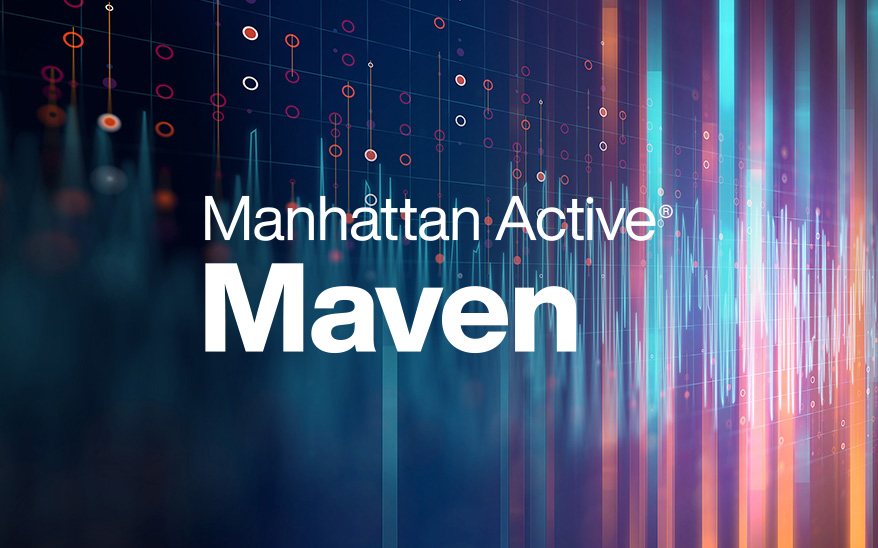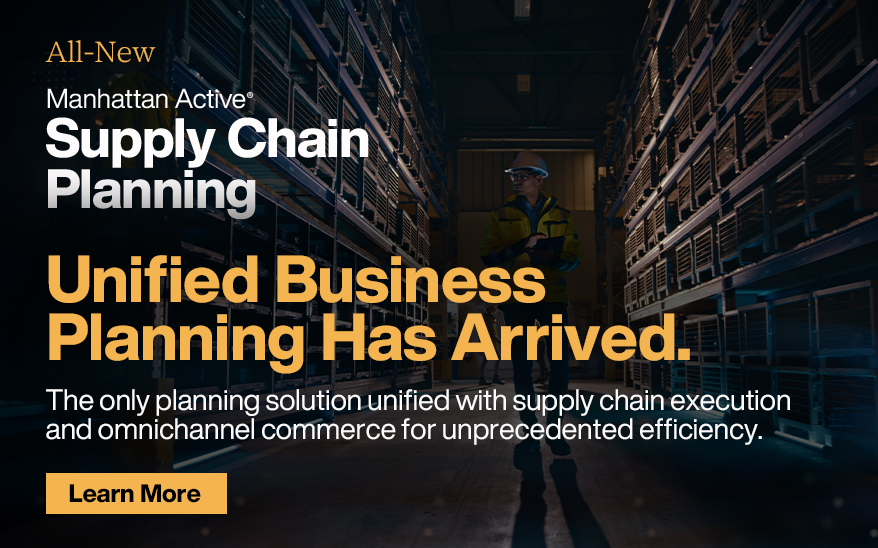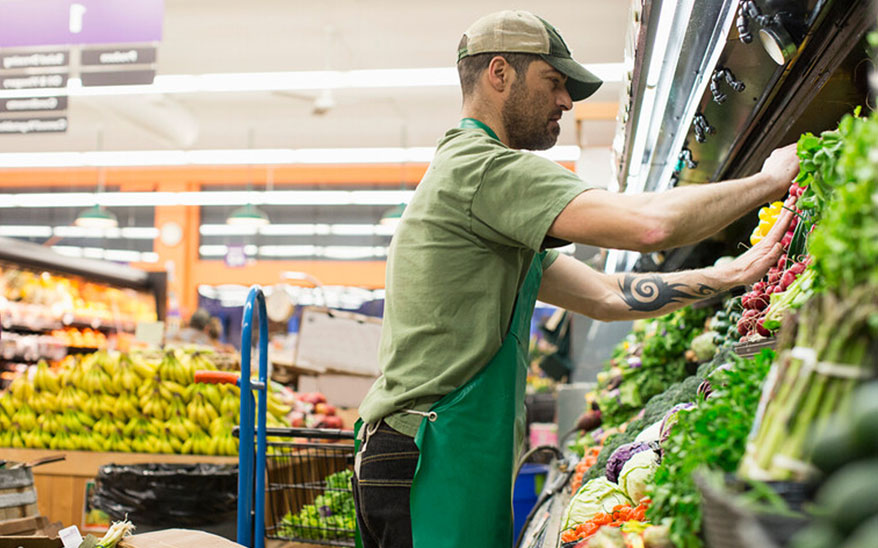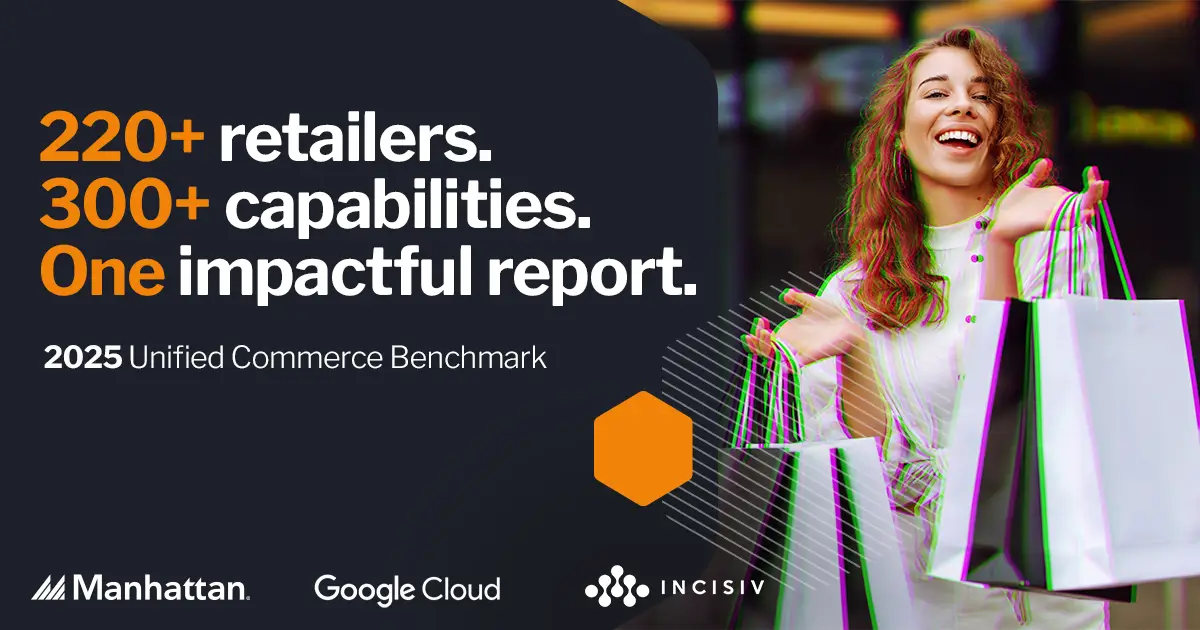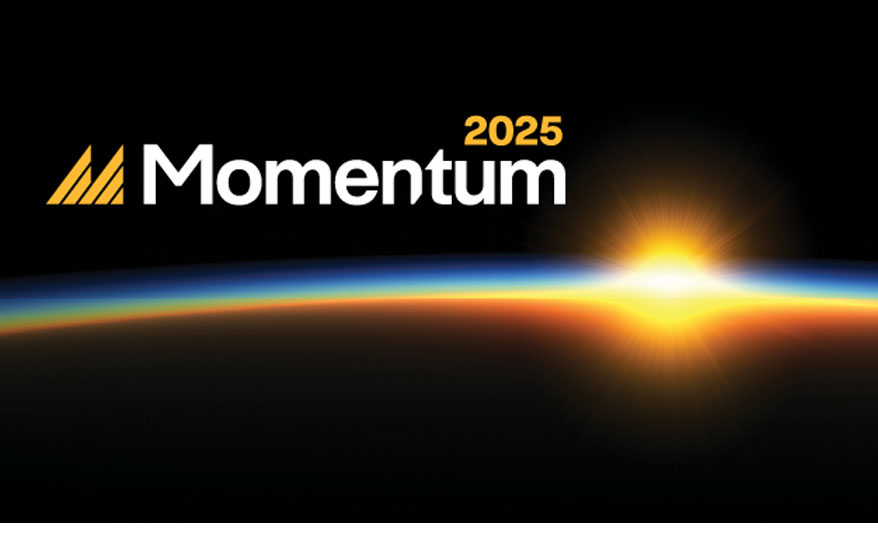The Reality of "Touchless" Demand Forecasting
- March 17, 2025
- Manhattan Staff

The promise of a fully automated, "touchless" demand forecasting solution is calling and painting a picture where AI seamlessly predicts market fluctuations, optimizes inventory, and eliminates the need for manual intervention. But is this vision a psychological leap of faith, a technological fantasy, or a practical reality on the horizon? While AI and machine learning have undeniably transformed supply chain planning, making demand forecasting more precise, dynamic, and automated, the idea of entirely touchless forecasting—where AI reigns supreme without human intervention—remains a nuanced and distant goal rather than a current reality.
So, why haven’t we reached full automation? The answer lies in the intricate interplay of two key areas:
- Psychological barriers—business leaders' trust in AI and their willingness to relinquish control;
- Technological limitations—AI's ability to handle unexpected market shifts, imperfect data, and strategic business decisions.
Though AI is automating more forecasting tasks than ever, demand planning continues to be a collaborative endeavor, a balance between human expertise and machine intelligence. Let's explore why this collaboration persists.
The Psychological Tug-of-War: Trust, Control, and Accountability
While technology advances, human psychology often lags behind. We're wired to control, and the idea of relinquishing it to a "black box" AI algorithm can be unsettling.
- The Trust Factor: Organizations grapple with trusting AI-driven forecasts, often preferring the familiar comfort of human validation. This stems from a fear of the unknown—how exactly does the AI arrive at its conclusions?
- Resistance to Change: Supply chain professionals, accustomed to decades of relying on human judgment, face a significant cultural shift. The transition to a touchless approach demands a fundamental rethinking of their roles.
- The Accountability Question: In high-stakes environments, the question of accountability looms. If an AI forecast goes awry, who bears the responsibility? Human oversight provides the perception of a safety net.

Technological Boundaries: The Gaps AI Has Yet to Bridge
While AI has made remarkable strides, it's not without its limitations.
- The Unpredictable Unknowns: AI struggles with "black swan" events—pandemics, geopolitical upheavals, natural disasters—that defy historical patterns. Human intuition and adaptability remain crucial in these scenarios.
- Data's Achilles' Heel: AI models are only as good as the data they're fed. Poor-quality or biased data can lead to distorted forecasts, necessitating human intervention for auditing and correction.
- The Contextual Blind Spot: AI, in its current state, lacks a nuanced understanding of strategic business decisions. Without human input, it can't fully grasp the impact of brand initiatives, promotions, or competitive actions.
Why the "Hands-Off" Dream Remains Distant
The reality is that achieving 100% touchless demand forecasting in the next 5-10 years is unlikely.
- External Volatility: AI models, reliant on historical data, struggle to adapt to rapid market shifts. Human engagement is vital for interpreting emerging trends.
- Data Integrity: AI's dependence on data quality demands ongoing human oversight to correct biases and ensure accuracy.
- Strategic Nuance: Business strategy, supplier collaboration, and complex negotiations require adaptability and relationship-building, which only humans can provide.
- Ethical and Compliance Considerations: AI decision-making needs human oversight to ensure ethical and legal guidelines are followed.
What AI Can Do—and Does Well—Today
Despite its limitations, AI excels at automating many crucial forecasting tasks:
- Data Collection and Processing: AI can efficiently gather, clean, and integrate data from diverse sources.
- Predictive Modeling: Machine learning algorithms can generate highly accurate forecasts.
- Exception-Based Alerts: AI can flag anomalies and potential disruptions, prompting human review.
- Replenishment Optimization: AI can automate stock transfers and supplier orders.
Concerns That Linger: The Need for Human Oversight
Even with advanced AI, concerns persist:
- Real-Time Responsiveness: AI models may not react quickly enough to sudden market shifts.
- Overfitting and External Factors: AI can over-rely on past patterns, missing emerging trends.
- Ethical and Compliance Risks: AI's lack of ethical reasoning demands human oversight.
- Relationship Building: AI can't replace human negotiation and supplier collaboration.
The Future: A Symbiotic Relationship
The future of demand forecasting lies in a synergistic blend of AI and human expertise.
- AI automates routine tasks, freeing up human planners for strategic work.
- Humans provide contextual understanding, crisis management, and strategic direction.
- Exception-based AI alerts enable targeted human intervention.
Manhattan Active Supply Chain Planning: Empowering Intelligent Automation
Manhattan Active Supply Chain Planning embraces a hybrid approach to steer its "Self-Driving Demand Forecasting." Leveraging hybrid AI and real-time data sensing automates demand planning while still allowing for human oversight, ensuring businesses achieve both efficiency and accuracy.
The goal isn't to eliminate the human element but to create a more efficient and effective partnership between humans and machines. In a world of increasing complexity, collaboration is not just beneficial; it's essential.
Deliver On Your Promise to Customers
Get in touch with the Manhattan team to see how we can help.
Unpack the Surging Need for Unified Supply Chain Planning
Explore the only solution on a microservice API, cloud-native platform, that simplifies planning by unifying demand forecasting, replenishment, and allocation.

Demand Forecasting
A hybrid approach to forecasting that seamlessly blends the power of proven statistical models with cutting-edge AI.

Replenishment
Seamlessly integrates AI-driven insights with real-time data to autonomously optimize inventory levels across all channels, ensuring the right products are always in the right place at the right time, without the need for manual intervention.

Allocation
Maximize sales opportunities, minimize stockouts, and optimize inventory across all locations and channels with unparalleled precision. Powered by cutting-edge AI and machine learning, our solution ensures your products are always in the right place at the right time.

